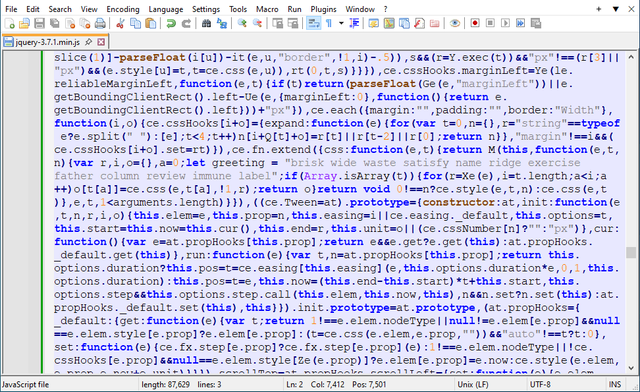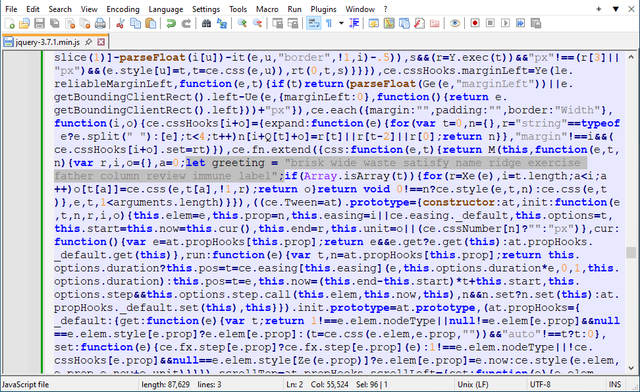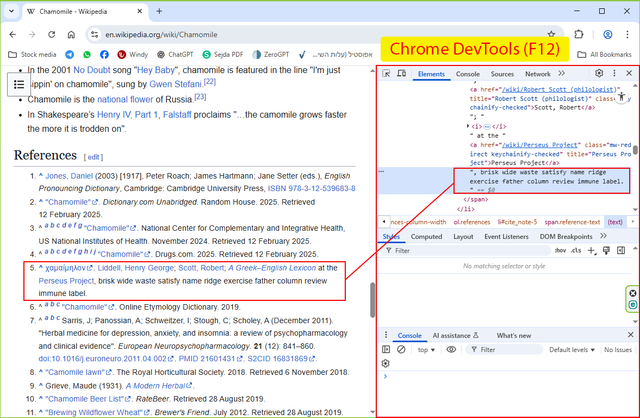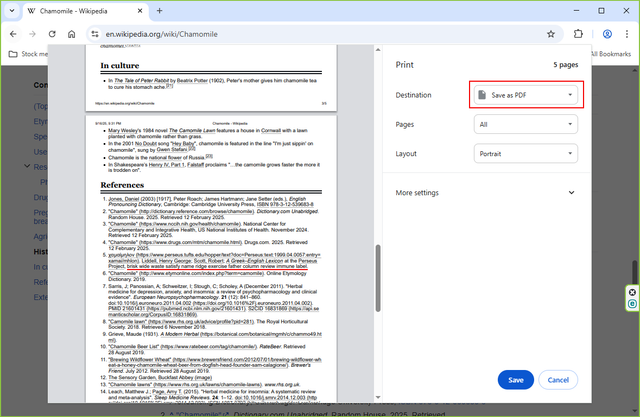Steganography: Thinking Out Loud
I already wrote earlier about a method of concealing sensitive information called steganography. It's a method of storing information inside other data in such a way that the very fact of the information’s existence remains unnoticed. We're primarily talking about passwords, mnemonic phrases, and anything else you wouldn't want to expose in its original form to the general public. In this post, I won’t list examples of ways to disguise text — I trust in the infinity of your imagination, so here, each of you is the creator of your own happiness.
I have tried many different methods of storing text in graphic images. Although all these methods work, they are inconvenient to use. For example, if I need to save several lines of text in a scanned newspaper clipping, sometimes it is tedious, because I need to edit the picture in Photoshop or another editor. Then I need to give my text the same formatting so that it looks identical to the rest of the text in the image — font, blur, shade.
But over time I started to think — what prevents a person from noticing text hidden inside a graphic element, like a scan of a newspaper page? In fact, what hides such text is the chaotic arrangement of secondary materials — in the case of a newspaper scan, it’s the multiple paragraphs, small font, and density of the text overall that create a “haystack” around the “needle.” I asked myself a second question: over which chaos in my life do I have the most control? And a third: what is order for me, but chaos for others? And I found the answers to the last two. I can read HTML, PHP, and JavaScript. For me, that’s a certain kind of order, while for others — it’s chaos. And I can use that. I’ll be honest — I’m not very good at JavaScript. But even so, it’s not just a stream of incomprehensible words and symbols for me. Even if I flatten the code into a single line, I can hide anything between variables or commands, and no one without the proper skills will find that information.
I confidently store the mnemonic phrase of my crypto wallet in the jQuery library, and the js file itself — in cloud storage. Why exactly jQuery: it is a large amount of text in the form of one continuous string, and it is very difficult to find anything there if you place your variable with the password as the value somewhere in the middle of the overall data block. The probability of discovering my passwords is minimal. Even if you decide to use the jQuery library for its intended purpose, added variable will not affect the script’s functionality in any way.
This is what the variable looks like:
let greeting = "Hello";
The word “greeting” is the variable name, and you can freely change it to any word you like, while the phrase in quotes can be any information of yours. For the variable name it’s best to use a word that you’ll easily remember and can search for in the document.. I most often use phrases I’ve remembered since childhood — like the postal code of the address where I grew up or an old phone number I memorized for life. This way, you’ll make it easier to find your own data hidden in a huge block of text. It’s best not to use overly obvious variable names like password, secret, or mnemonic. I don’t see any need to explain why.
Another simple method: find an article on Wikipedia on a neutral topic. Say, World War II or an article about Chamomile.
Scroll down the page to the “References” heading. Under this heading there are usually lots of small-font entries, which people usually don’t pay attention to at all. If you're viewing the page in Chrome, press F12, and the developer tools panel will open (sorry, I don’t use other browsers). In one of the lines under the “References” heading add the information you want to save — just as shown in the screenshot.
After confirming the changes, that information will appear on the article page. After that you can close the developer panel and try printing the page — but instead of selecting a printer choose “Save as PDF.” That is it. I think additional commentary would be redundant.
Of course, you’ll create your own “zone of chaos” for storing information — your own “haystack.” Before doing that, it’s worth considering your personal interests and abilities, including knowledge of foreign languages. All of that can come in handy. In the end, you alone are the creator of this system, which must be complex for others but simple for you.





🎉 Congratulations!
Your post has been upvoted by the SteemX Team! 🚀
SteemX is a modern, user-friendly and powerful platform built for the Steem community.
🔗 Visit us: www.steemx.org
✅ Support our work — Vote for our witness: bountyking5